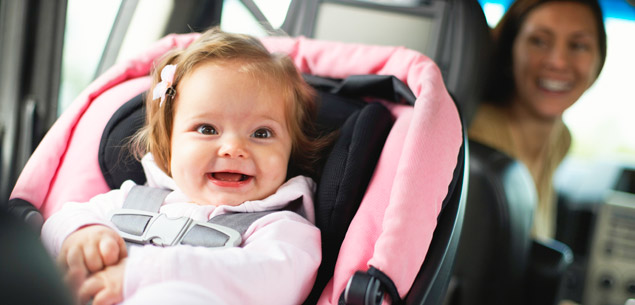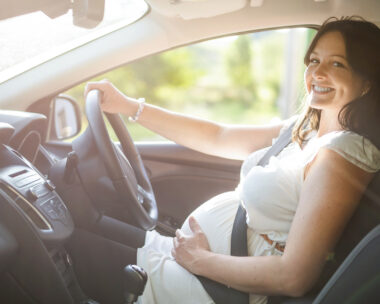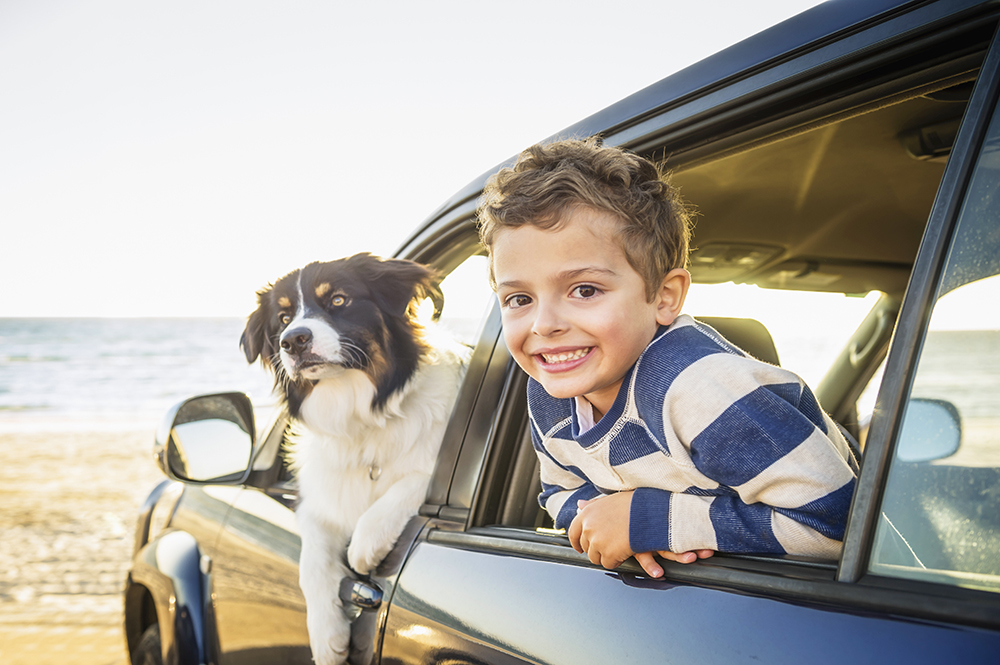How times have changed. It’s not all that long ago that there were no such things as children’s car seats – my generation of kids sat in the car like the adults and quite often we didn’t wear seatbelts because older models of cars had none in the back seat.
I shudder when I remember how babies were held on mums’ knees or placed in a carry-cot.
Thankfully, those days are over and car seats are now compulsory. They have saved countless lives over the years and protected our precious kids from serious injury.
But to do their job, they need to be used correctly. Here are some guidelines:
CAR SEAT CODE
• Make sure your baby capsule is an approved one and is the right size for your baby.
• Give yourself or your partner plenty of time to install the car seat before bringing the baby home from hospital. They can be tricky things to install, and the last thing you need when you’ve got a newborn is to be spending ages in the hospital car park while you’re trying to work out how to put the car seat in correctly.
• The safest place for car seats is in the back seat. Only put a baby capsule in the front if there is no space left in the back, and make sure the seat is as far back as possible. Never put a car seat in the front passenger seat if the car has an airbag – these can cause serious injuries.
• Your car seat should have an instruction manual. Use that to check it is installed properly. If you have any concerns, your Plunket office can put you in touch with a Safe2Go technician or else see www.safe2go.co.nz. Safe2Go can send one of their experts to check your car seat is correctly installed.
• A baby’s car seat must be rear-facing. It’s recommended you keep it like this until baby is at least a year old. To do that, you’ll need a baby capsule that says it can be used for a baby up to 12-14kg. Plunket can help if you are not sure if your car seat is suitable.

• Once your baby is ready to graduate to a forward-facing car seat, check that it can be correctly installed in your car. Some with top tethers to hold the seat in place are difficult to install in some makes of car.
• If you buy a second-hand seat, make sure it has a standard safety label, the buckle works and isn’t rusty, the straps are not frayed and it comes with an instruction book. Never use one that has been in a crash.
• Use the forward-facing seat for as long as your child is within the recommended weight and height. Don’t go by their age. When they outgrow it, move to a booster seat.
• Keep booster seats in the back – this is still the safest place for children to sit.
• Booster seats with a gap in the back to thread the seatbelt through are safer as they keep it away from the child’s neck. Booster seats without a back are more suitable for older kids.
• Only use the booster seat with a diagonal sash seatbelt and lap belt – not a lap belt on its own.
• Keep your child in the booster seat until they outgrow it. They are likely to be seven or eight before this happens, or even older if they are quite small. Once they stop using a booster seat make sure the seatbelt can be positioned correctly, which means across their shoulder and low across their thighs.
SEAT BELTS: THE RULES
1. It is up to the driver to make sure that any child under the age of five is properly restrained by an approved child restraint appropriate for their age and size. If you can’t put them in an approved car seat, they can’t travel in your car. A seatbelt on its own is not an approved restraint for a child under five.
2. If your child is aged from five to seven you must use an approved child restraint if there is one available and it is appropriate for their age and size. Otherwise they must use a seatbelt. Children over eight may use a seatbelt only, but remember if they are small, they may be safer in a booster seat.
3. Children under 15 are only allowed to sit beside the driver if they are in an appropriate child restraint or seatbelt. But it is safer for them in the back.
STOP SIGN
Take the baby out of the car seat once you reach your destination, rather than letting them sleep in it. Some babies may have breathing problems if their heads fall forward.
Make sure the car seat you choose meets recommended safety standards.




